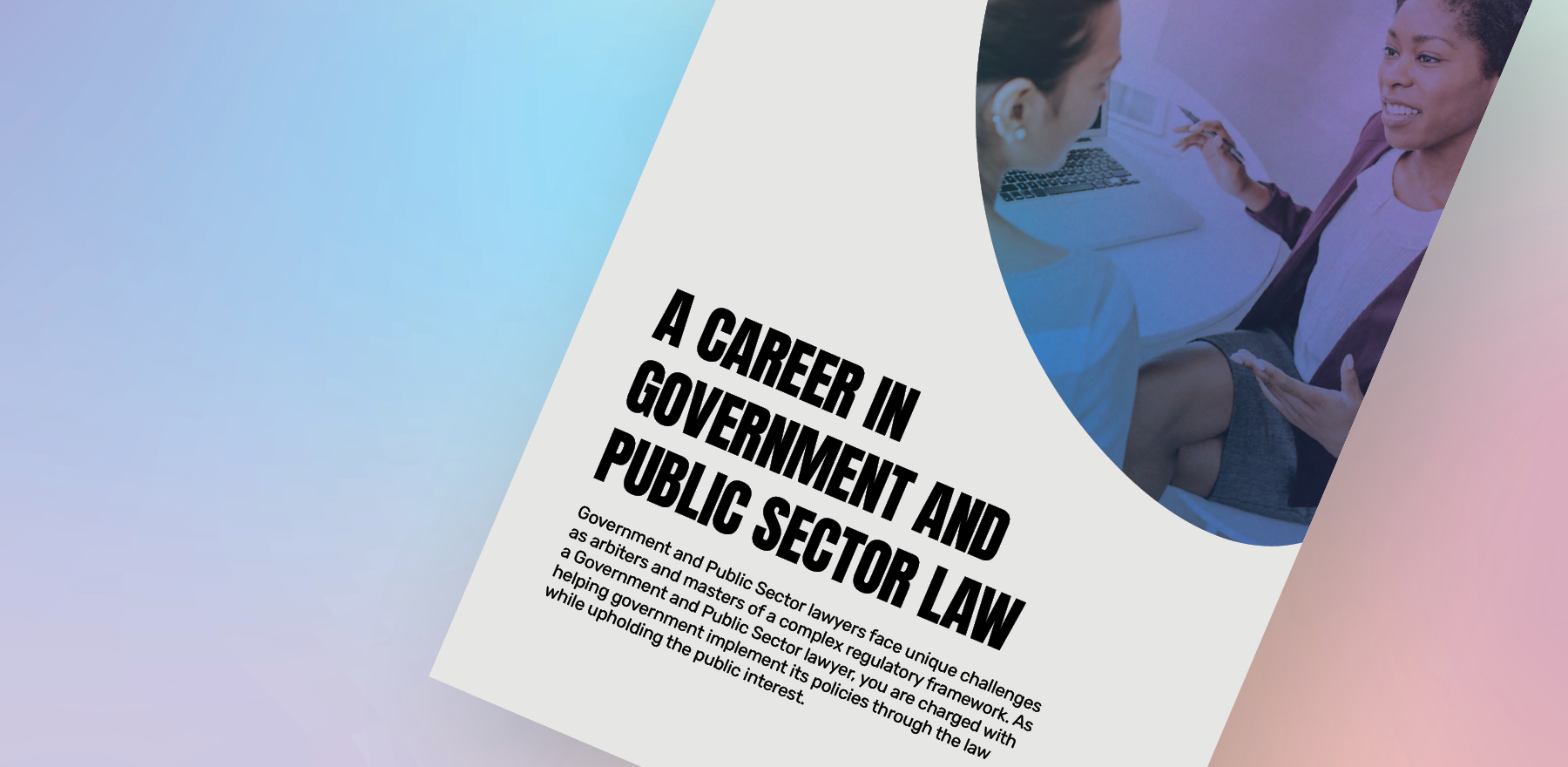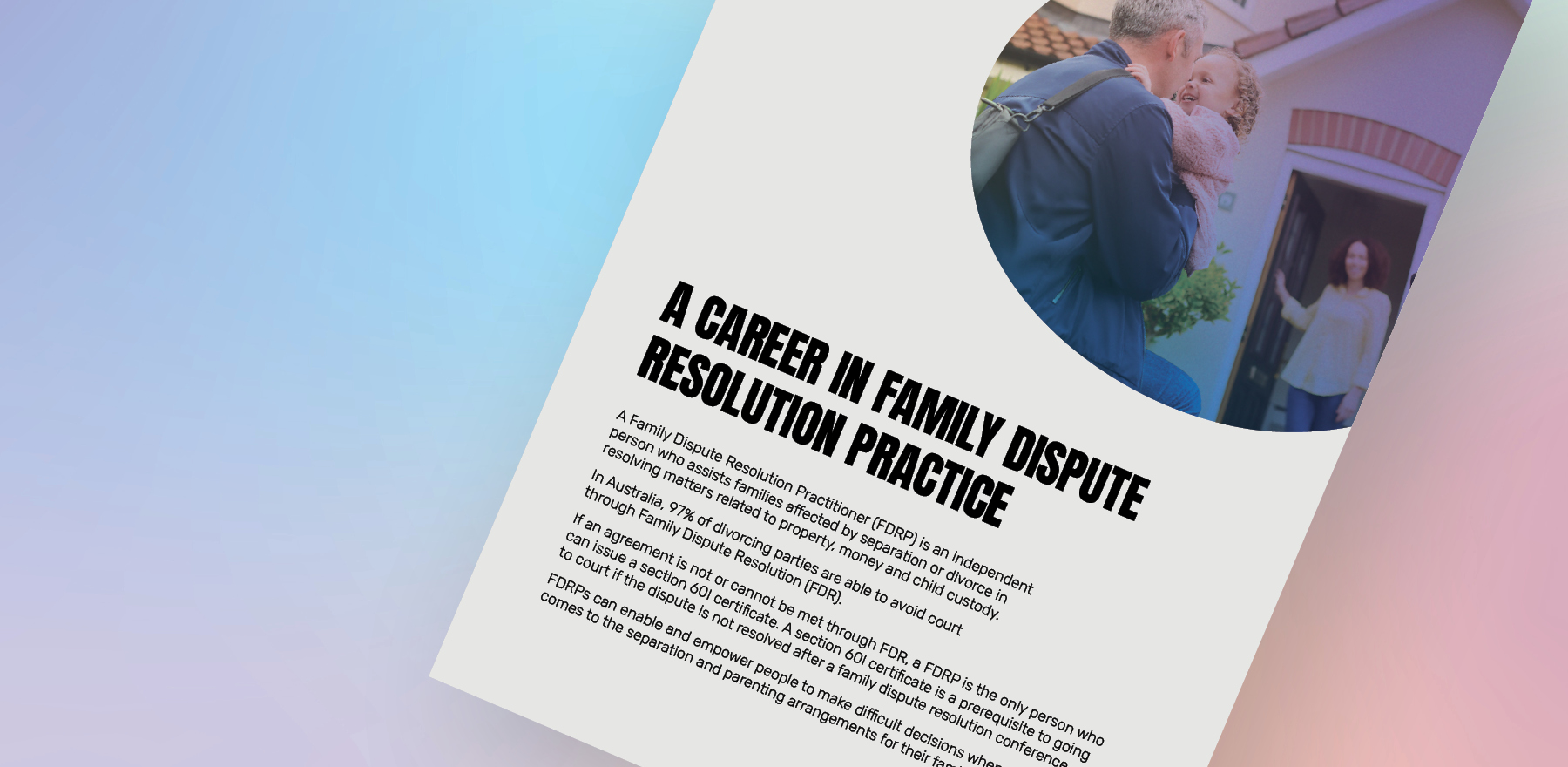Just completed your law degree? Congratulations. This means you’re almost ready to launch your legal career and start practising.
To become a lawyer in Australia, you must satisfy three requirements:
- You’ve completed your Bachelor of Laws or equivalent course
- You’ve completed a Practical Legal Training (PLT) program, which awards you a Graduate Diploma of Legal Practice
- You’re a fit and proper person
Below is everything you need to know about ticking these all-important boxes.
1. Law Degree
Completing your law degree – either a Bachelor of Laws (LLB) or Juris Doctor (JD) – is the first thing you’ll need to become a lawyer.
To earn this qualification, you’ll need to complete a number of key areas. These are known as the ‘Priestley 11’:
- Administrative law
- Civil Procedure
- Company Law
- Constitutional Law
- Contracts
- Criminal Law and Procedures
- Equity (including Trusts)
- Evidence
- Professional Conduct (including Basic Trust Accounting)
- Property, both Real (including Torrens System Land) and Personal
- Torts
Depending on where you study, you may also have to complete compulsory subjects and several electives.
2. Practical Legal Training
Once you’ve achieved your law degree, you need to complete a PLT program before entering practice. Here’s why.
Your law degree gives you a theoretical understanding of the law – which is only part of the criteria for admission to legal practice, set by the Law Admissions Consultative Committee (LACC).
Your PLT makes up the second piece of the puzzle. It equips you with the practical skills you’ll need to excel in real-world legal environments.
How long does it take to complete your PLT?
You can choose to study full-time (15 weeks) or part-time (30 weeks).
Learn more about the requirements for international students and lawyers
GET THE FULL PICTURE ON PLT
Want to know how Practical Legal Training works? Explore course modes, start dates, work experience options, and FAQs—all in one place.
3. Fit and Proper Person
Once you’ve completed your Practical Legal Training, you can then apply for admission as a lawyer.
You must demonstrate to the admitting authority that you are a fit and proper person to be admitted to the Australian legal profession. In short, this is an issue of ethics – ensuring legal professionals charged with interpreting, arguing and in some cases, drafting the law, are of good moral character.
To satisfy this requirement, you’ll need to disclose any criminal, academic or general misconduct that may be relevant.
That said, this is a broad requirement, so be sure to check the rules imposed by your state’s admitting authority.
Learn more about applying for admission
Admission
If your application for admission has been successful (yay!) you can attend an admission ceremony. You will get to sign the Roll, make an Oath and collect your Certificate of Admission.
Once you have signed the Roll, you are a lawyer.
WANT TO KNOW MORE ABOUT PRACTICAL LEGAL TRAINING?
PLT bridges the gap between your law degree and legal practice. Find out what it involves, how it works, and why it’s essential for admission.

















































































